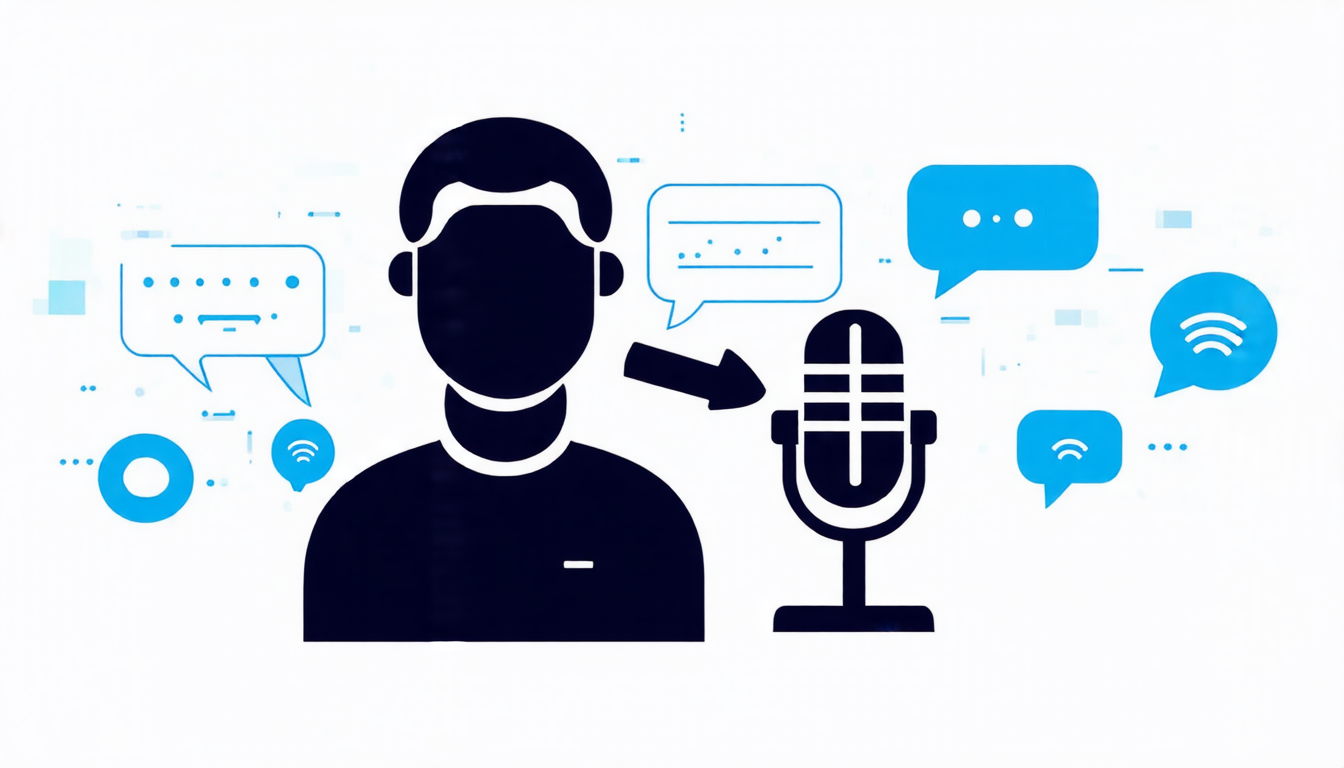Thursday 06 March 2025
Researchers have made a significant breakthrough in the field of text-to-speech synthesis, developing a system that can generate high-quality speech from written text without the need for extensive training data or complex neural networks. The new approach, known as TTS-Transducer, uses a novel combination of techniques to produce speech that is not only accurate but also natural and engaging.
At its core, TTS-Transducer employs a neural transducer, a type of artificial intelligence model that is designed to learn the patterns and relationships between written text and spoken language. By training this model on a relatively small dataset, researchers were able to develop a system that can accurately convert written text into speech, with minimal errors or distortions.
But what sets TTS-Transducer apart from other text-to-speech synthesis systems is its ability to generalize well across different speakers, languages and acoustic conditions. This means that the same model can be used to generate high-quality speech for a wide range of applications, from voice assistants and virtual reality experiences to language learning software and audio books.
The key to TTS-Transducer’s success lies in its use of a neural transducer, which is capable of learning complex patterns and relationships between written text and spoken language. By training this model on a small dataset, researchers were able to develop a system that can accurately convert written text into speech, with minimal errors or distortions.
One of the most significant advantages of TTS-Transducer is its ability to produce high-quality speech in a wide range of languages and accents. This means that the same model can be used to generate speech for a variety of applications, from voice assistants and virtual reality experiences to language learning software and audio books.
In addition to its linguistic capabilities, TTS-Transducer also has a number of practical advantages. For example, it requires minimal training data, which makes it much faster and more cost-effective than other text-to-speech synthesis systems. It is also highly flexible, allowing researchers to easily modify the model to suit specific applications or requirements.
The potential implications of TTS-Transducer are vast and varied. For example, it could be used to create more natural and engaging voice assistants, or to develop new types of language learning software that can adapt to individual learners’ needs. It could also be used to generate high-quality audio books for people with visual impairments, or to create more realistic virtual reality experiences.
Cite this article: “Breakthrough in Text-to-Speech Synthesis: TTS-Transducer Revolutionizes Language Conversion”, The Science Archive, 2025.
Text-To-Speech Synthesis, Tts-Transducer, Neural Transducer, Artificial Intelligence, Written Text, Spoken Language, Voice Assistants, Virtual Reality, Language Learning Software, Audio Books







